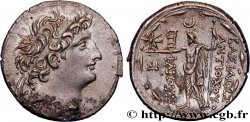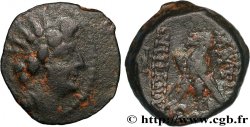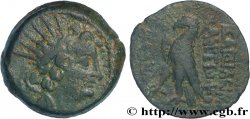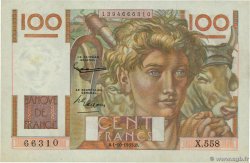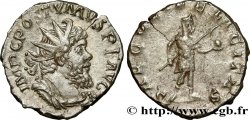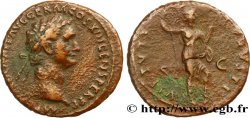Live auction - bgr_340386 - SYRIA - SELEUKID KINGDOM - ANTIOCHUS VIII GRYPUS Tétradrachme
You must signin and be an approved bidder to bid, LOGIN TO BID. Accounts are subject to approval and the approval process takes place within 48 hours. Do not wait until the day a sale closes to register. Clicking on "BID" constitutes acceptance of the terms of use of cgb.fr private live auctions.
Bids must be placed in whole Euro amounts only. The sale will start closing at the time stated on the item description; any bids received at the site after the closing time will not be executed. Transmission times may vary and bids could be rejected if you wait until the last second. For further information check the Live auction FAQ
All winning bids are subject to a 18% buyer’s fee.
All winning bids are subject to a 18% buyer’s fee.
| Estimate : | 1 500 € |
| Price : | 1 100 € |
| Maximum bid : | 1 100 € |
| End of the sale : | 03 December 2014 14:37:05 |
| bidders : | 2 bidders |
Type : Tétradrachme
Date: an 195
Mint name / Town : Damas, Syrie
Metal : silver
Diameter : 29,5 mm
Orientation dies : 12 h.
Weight : 16,31 g.
Rarity : R1
Coments on the condition:
Exemplaire de qualité exceptionnelle au pedigree prestigieux sur un flan large et ovale, centré des deux côtés avec la stemma visible. Portrait de toute beauté. Revers de style fin, bien venu à la frappe. Magnifique patine de médaillier avec des reflets gris foncé et mordorés
Catalogue references :
Predigree :
Cet exemplaire provient de la prestigieuse collection du Professeur S. Pozzi, Lucerne, 14 mars 1921, n° 3012
Obverse
Obverse legend : ANÉPIGRAPHE.
Obverse description : Tête diadémée d’Antiochus VIII à droite, entourée de la stemma.
Reverse
Reverse description : Zeus Uranios debout à gauche, la tête surmontée d'un croissant, nu, tenant une étoile à huit raies de la main droite et de la gauche un sceptre long.
Reverse legend : BASILEWS// ANTIOCOU// EPI-FANOUS/ (AUR)/ (HDR)// GRR
Reverse translation : (Du roi Antiochus glorieux).
Commentary
Sur cet exemplaire, Antiochus n’a pas l’appendice nasal proéminent qui le caractérise (grypus). Au revers, Zeus Ouranios présente un double symbole (luni-solaire). Sur cet exemplaire la date à l’exergue n’est pas visible et peut être restituée grâce au monogramme.







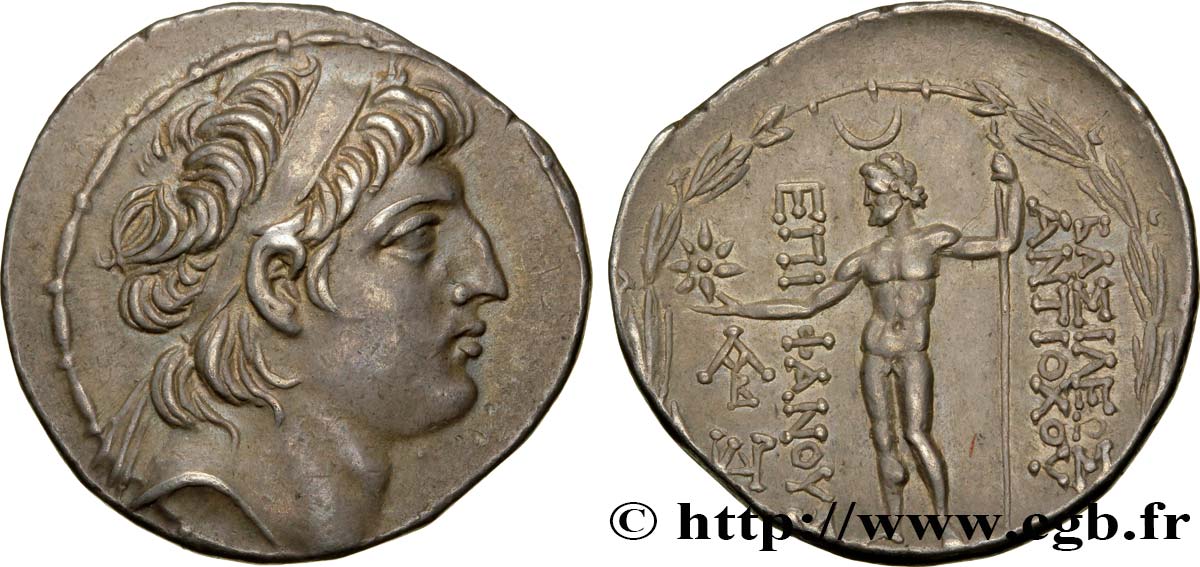
 Report a mistake
Report a mistake Print the page
Print the page Share my selection
Share my selection Ask a question
Ask a question Consign / sell
Consign / sell
 Full data
Full data

